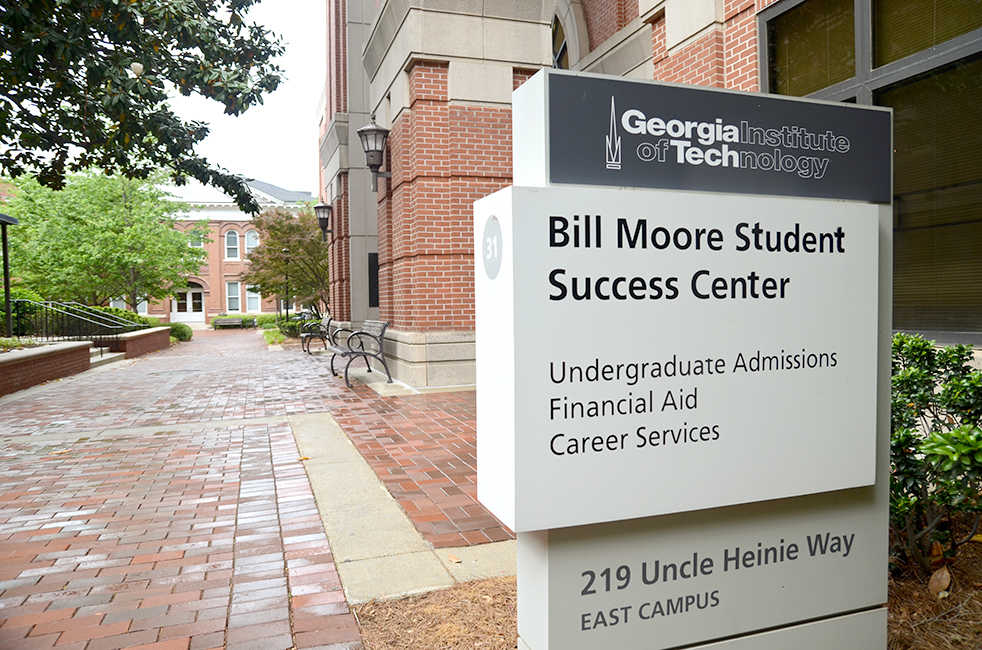Georgia lawmakers have recently proposed two threads of legislation with the goal of preventing the HOPE Scholarship, funded by Georgia Lottery proceeds, from going into deficit as the growing number of qualifying students combined with rising college tuition increases costs faster than the lottery earnings grow. While one bill increases the percentage of Georgia Lottery proceeds that go to HOPE and other education programs such as Pre-K, other lawmakers have proposed joint bills to add an entirely new revenue stream to support HOPE: casinos.
Established alongside the Georgia Lottery in 1993 with the goal of retaining Georgia’s best students to attend in-state colleges, HOPE has traditionally been funded solely by lottery proceeds.
Although mandated to be “as nearly as [practically]” equal to 35 percent, the percentage of lottery proceeds that go to educational efforts has been deliberately flexible to allow for lottery growth, and has hovered at around 25 percent for the past five years. In 2016, that cut translated to $1.097 billion transferred to the Lottery for Education account, from which money is distributed between the HOPE, Zell Miller, HOPE Grant and Pre-K funds.
However, according to an Aug. 2016 study released by Committee to Preserve HOPE Scholarships, an independent organization connected to the casino lobby, even those returns might not be enough to guarantee a sustainable HOPE: the study estimates that the HOPE Scholarship could run a deficit as early as 2028 if university tuitions continue to rise faster than lottery revenues.
Senate Bill 5, co-sponsored by Sen. Bill Cowsert (Rep., District 46) and others, seeks to remedy HOPE’s inadequacies by returning the percentage the lottery pays to education toward its 35 percent mandate by gradually it from 25 percent today to 30 percent by 2020, contingent on the continuing success of the lottery.
Because there is a potential that the resulting smaller payouts could potentially discourage Georgians from buying lottery tickets and decrease lottery revenue, the legislation has provisions to abandon the percentage increases if lottery revenue drops by 5 percent between fiscal years.
This legislation was introduced partly to stave off a proposal by casino lobbyists and other lawmakers to bring casinos into Georgia in an alternative effort to increase HOPE’s funding. Between September and December 2015, the House Study Committee on the Preservation of the HOPE Scholarship program explored the idea of introducing casinos into Georgia, but their resulting legislation failed to pass to the Senate amid criticism from Gov. Deal who opposed the influx of casinos.
This year’s casino legislation attempt, Senate Bill 79, would only allow the development of two casinos and would give a greater percentage of profits to state education programs.
The first casino, paired with a hotel accommodating at least 1,000 guests, would be built in a county of population 900,000 or more, a metric which currently only Fulton County satisfies. The second casino would go to a county with population between 250,000 and 900,000.
The new bill would allocates 70 percent of casino profits to HOPE scholarship funds and 30 percent to needs-based scholarships, the latter of which includes Georgia’s REACH program, which supports students across Georgia with mentorship throughout middle and high school, culminating in college scholarships upon successful completion of the program.
On last week Tuesday, Governor Deal signalled to the press that he was open to reconsidering the casino legislation based on the changes made, but wants assurances that allowing casinos into Georgia would not damage the Georgia Lottery’s growth.
HOPE was previously saved from bankruptcy in 2011, when Governor Deal made significant cost-saving changes to the program that included splitting scholarship recipients into two groups: Zell Miller scholars, who continued to receive full-tuition coverage but with higher high school and college academic requirements, and a new HOPE, with the traditional 3.0 college GPA requirement but lower tuition coverage.
Since the 2011 reforms, the gap between tuition and HOPE scholarship payments to students has continued to grow: according to the Georgia Student Finance Committee (GSFC), which manages HOPE, between 2014 and 2016, tuitions statewide rose at an average of 6 percent per year while HOPE grew only at 3 percent, and in fiscal year 2016, students on HOPE at public research universities like Georgia Tech faced an average $1,032 gap between their HOPE funding and tuitions.
According to a 2015-16 survey from National Association of State Grant and Aid Programs, Georgia per capita remains one of the most generous states in terms of aid, offering $60.31 of grant dollars per capital, a number only surpassed by South Carolina.
